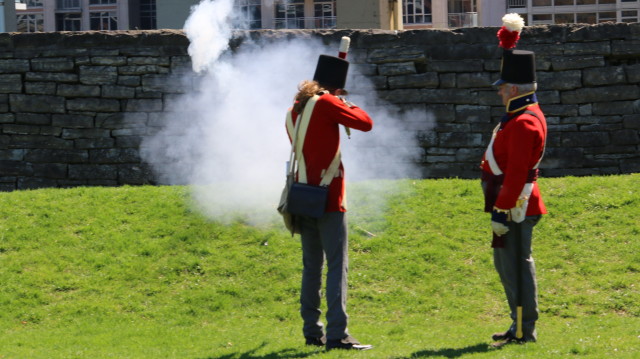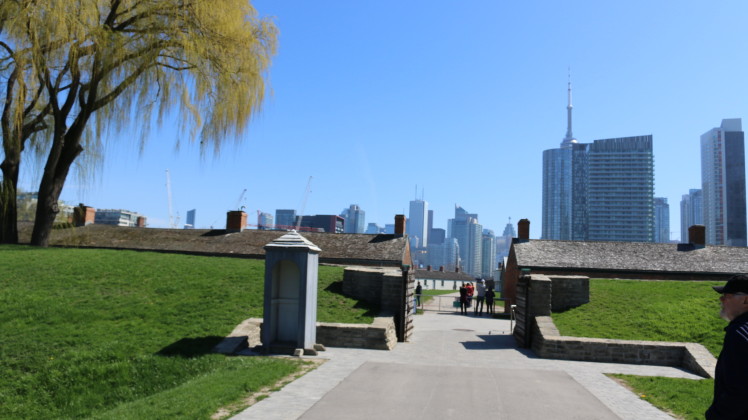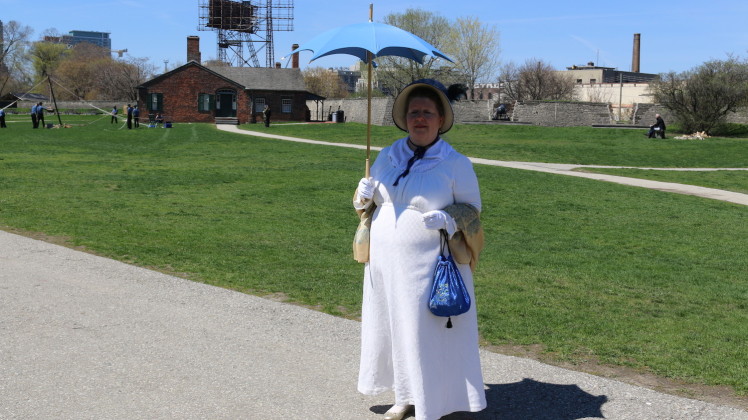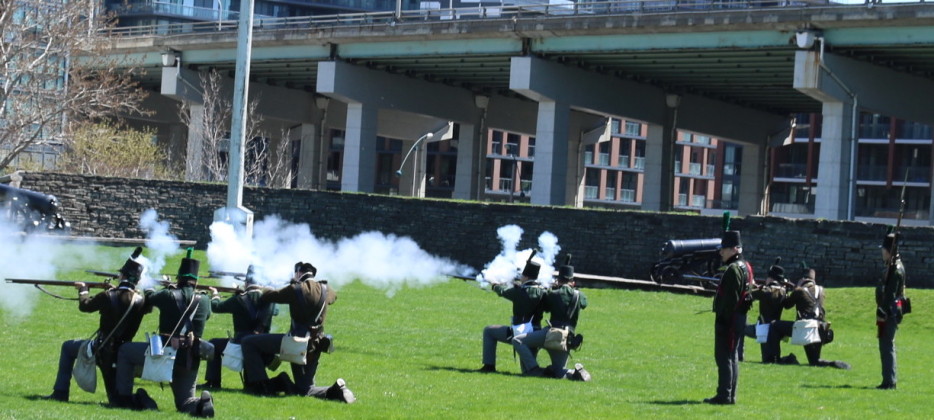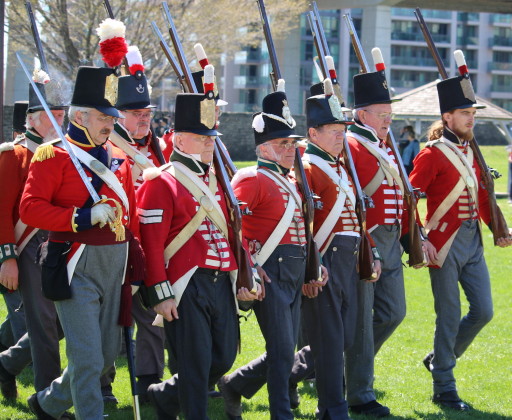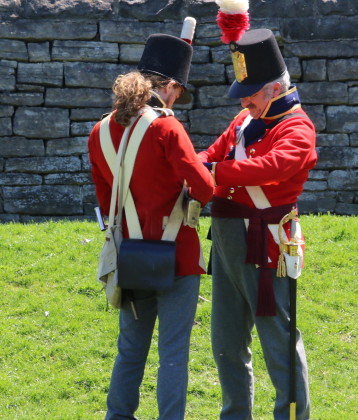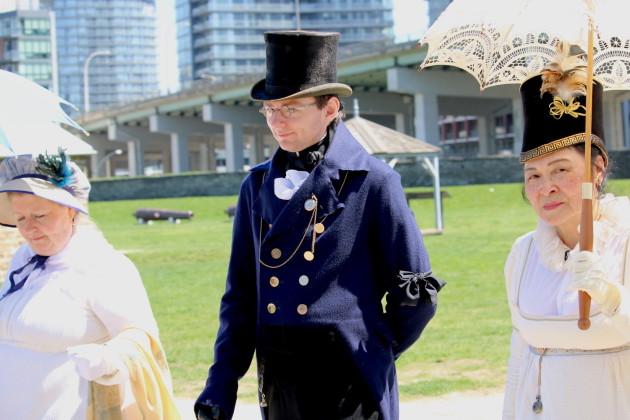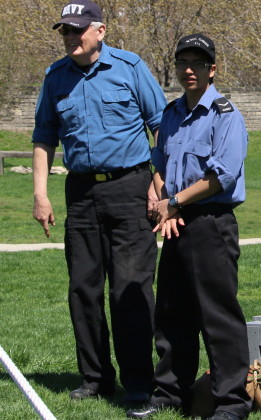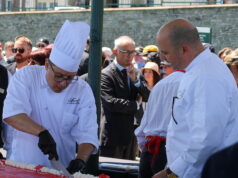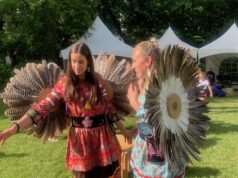As Canada celebrates 150th Anniversary of Constitutional Monarchy, those who sacrificed their lives to defend the country against the invading American army in the wars of 1812 should be remembered and honoured.
The memory of the brave soldiers can be honoured by visiting various national historic monuments deducted to the heroes of the wars.
Mosaic Edition visited Fort York National Historic Museum in Toronto to have an insight into how brave soldiers defended the land that we now call Canada.
The Battle of York Day 2017 was eventful: from the storytelling to the demonstration of musket firing, it was a day to cherish.
The re-enactments were extremely powerful. It is a reminder that brave soldiers fought and gave their lives to the dominion we now call Canada.
The public had a chance to witness military demonstration at the main parade square, musket firing, barracks’ tour, kids’ drill cooking demonstrations at the historic kitchen as well as demonstrations by the Royal Canadian sea cadets.
The traditional English dances performed by the York Regency Dancers demonstrated the way officers; officers’ wives and town keepers came together after dinnertime or teatime to relax.
All the officers and ladies would have learned how to dance because at that period that would be a hallmark of being a gentleman and a lady.
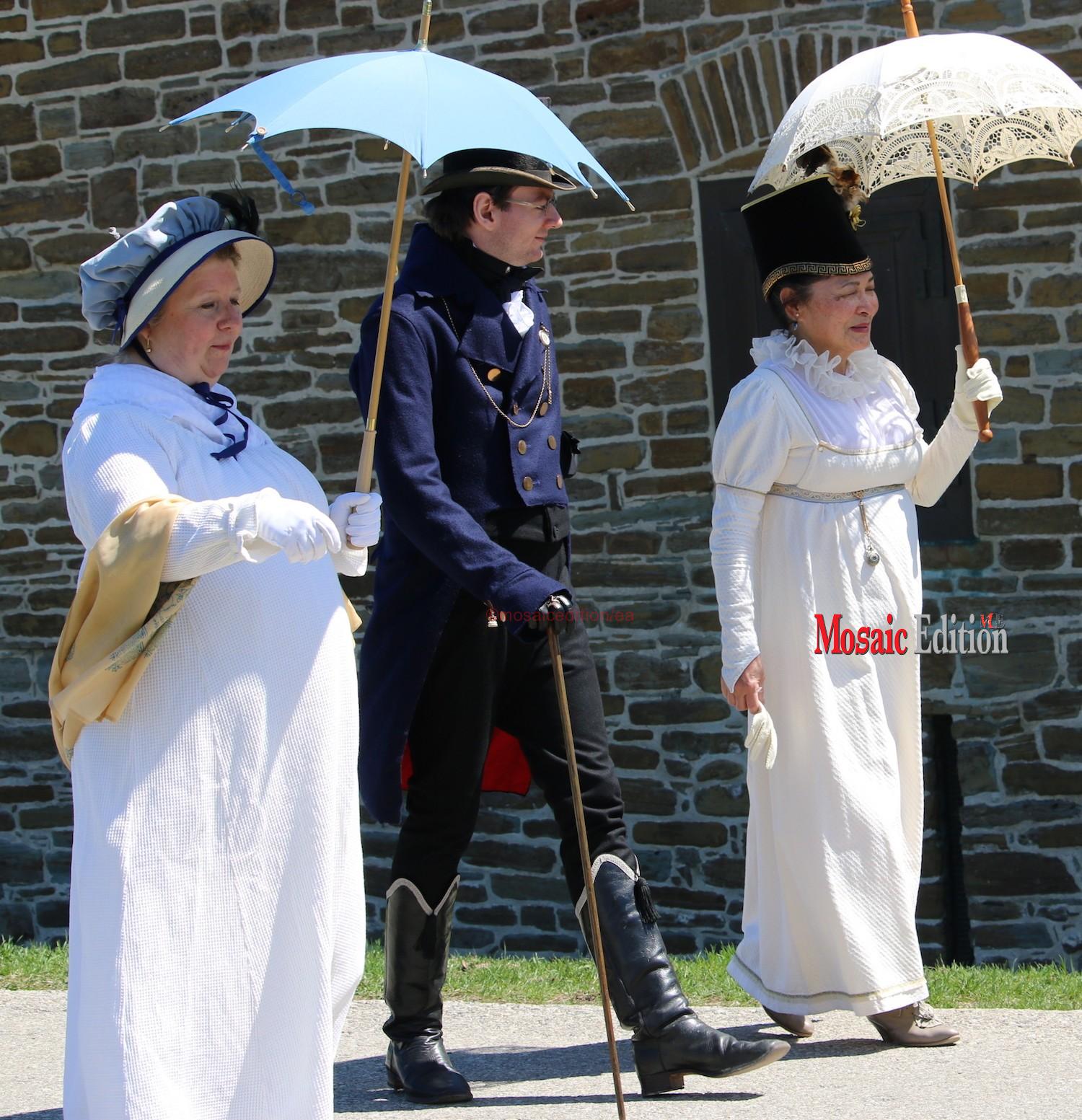
The enlisted men of the period also danced too because they had no television and no radio.
They danced to tunes from simple instruments like fife, fiddle or flute.
The dances were graceful, smooth and gentil, which always started with a bow by the officers and courtesy by the lady.
Miyoko Twist who has been a volunteer dancer at the Battle of Fort York Historic Site told Mosaic Edition that the dance troupe researched the dance manuals and tried to interpret the dances as accurately as possible. “We volunteer and practice twice a month”.
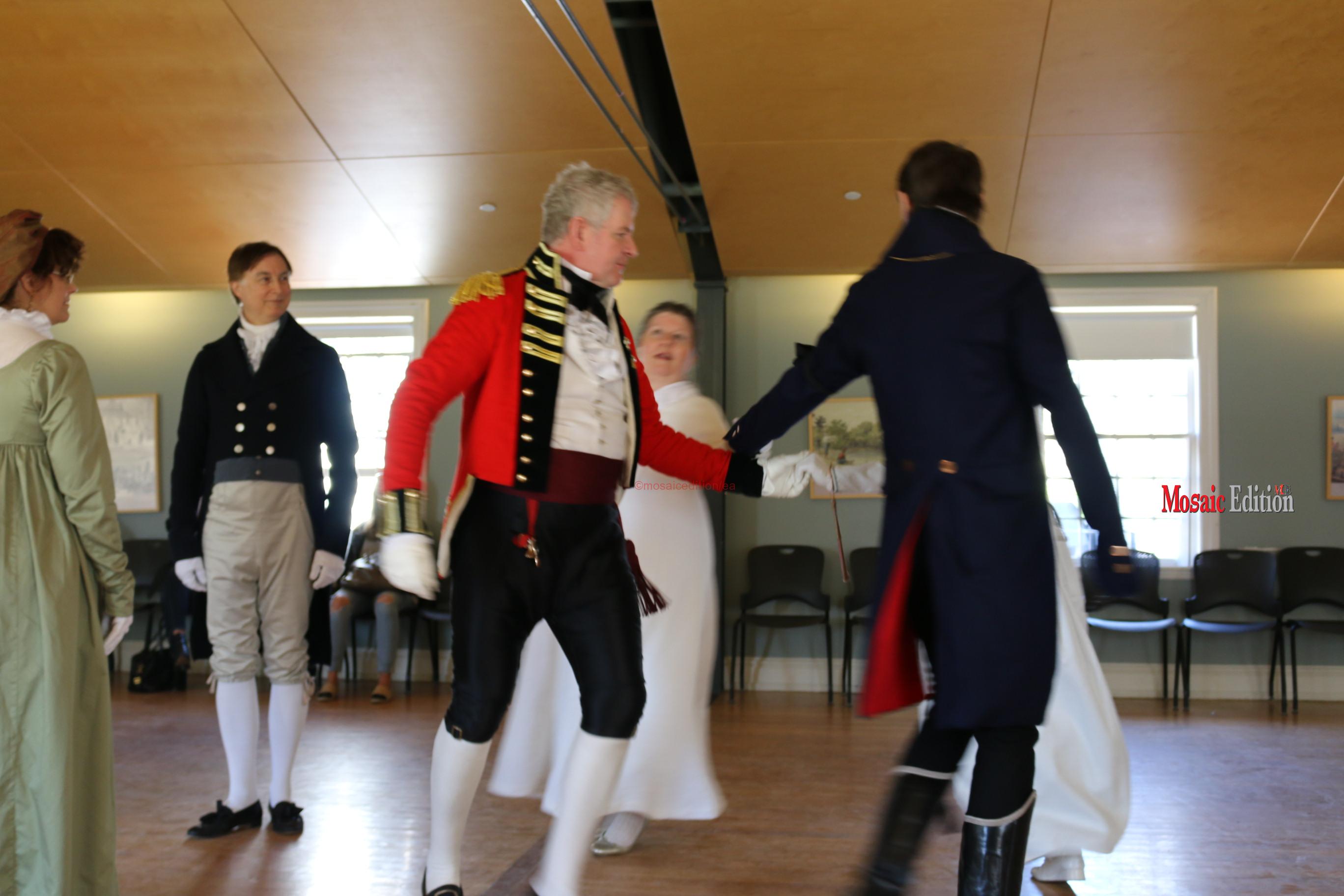
“Not everybody can dance. There is audition for new members.”
Musket firing was by the Incorporated Militia of Canada and the Glengarry Light Infantry Fencibles.

